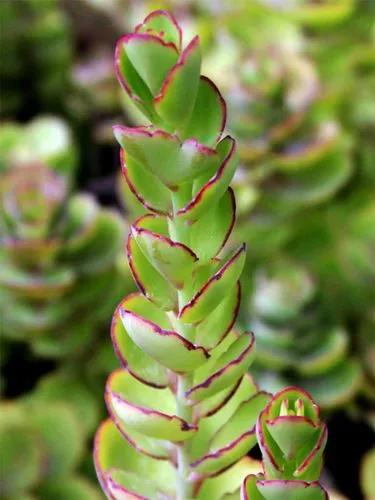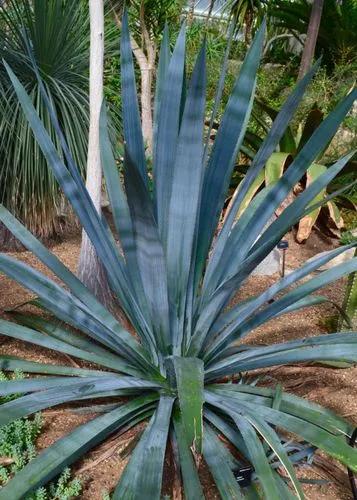ZZ Raven is almost impossible to kill, making it a great plant for beginners and a special collector gem. Its sibling, Zamioculcas zamiifolia, is probably more popular, with its evergreen foliage, but the Raven version will stay all black and shiny.
ZZ Raven Care
Zamioculcas zamiifolia 'Dowon'
Other names: Jet-black Raven



ZZ Raven is a succulent plant originally from Africa, and it gained a lot of popularity among indoor plants in the last few years. It can grow in small decorative pots on a shelf if you prefer, or you can let it expand and propagate, so it takes up an entire corner of the room. They make great office plants and house plants for every room. ZZ Raven has a dark-green dark-purple foliage that is almost black and grows up to 1,5-3 ft (45-90 cm). When new leaves appear, they will have a fresher green shade, turning almost black as they age. You will also find it by the name of Jet-black Raven.
How to Care for the Plant

Water

As the habitat of the ZZ Plant exposes it to long periods of drought, you don't need to worry too much about watering it. In extreme conditions, it can even go 4 months without watering as the plants' rhizomes stock up on water already. However, try to water it when the soil gets completely dry and take away the watering plate if it fills with water after watering, so you avoid keeping it too moist. Wipe the leaves with a wet cloth from time to time to avoid dusting.

Pruning

Zz Raven does not require pruning besides dead or affected leaves. If your goal is to keep the plant's color jet-black, keep away from pruning as this will spring new leaves that are firstly green, so you will have a more green-looking plant than a black one.

Fertilizer

To keep that foliage thriving, fertilize it during spring and summer with a liquid fertilizer that you dilute to half-strength. ZZ plant does not require a lot of fertilization by itself, especially if the soil is already packed with good nutrients, but you can boost it a little by fertilizing it every 6 weeks in the warm period.

Sunlight

ZZ plants do best in indirect light, so keep them away from direct sun, or the leaves will get buried. You can also leave it in lower light; however, the complete shade will slow down its growth.

Soil

Add a well-draining soil mix to your ZZ Raven. Make sure the mix has perlite, peat moss, and sand in it. Alternatively, you can mix these at home with normal houseplant soil.

Propagation

The easiest and most common way to propagate this plant is by division. Simply take the plant out of the pot, clean the soil, and cut the rhizomes, so you get two separate plants. Make sure that the rhizome that you cut already has roots attached to it. Plant the new one in a pot with organic compounds to encourage its growth.

Temperature

Room temperature is great for the ZZ plant. Its ideal temperature is between 55 and 85 degrees F (12-29 °C). Don't leave it in temperatures below 41 °F (5 °C), as the plant will start freezing and the leaves will drop.

Container

Choose any container that fits your aesthetic, as long as it has drainage holes. Like many succulents, this plant can be killed by overwatering, so make sure you have a well-draining pot. It does not need repotting very often, around 2-3 years, as the plant prefers to be root bound.

Fun fact

This plant really asks for little and gives a lot. Besides being shiny and easy to care, it also purifies the air in the room, making it a great addition to the office or bedroom.

Popularity

6,264 people already have this plant 1,738 people have added this plant to their wishlists

Common pests

Although ZZ plants don't really attract a lot of pests and are easy to take care of, mealybugs, spider mites, thrips, and scales can sometimes appear. You can easily get rid of them by giving the plant a good shower and spray with insecticidal soap. Keep an eye out for root rot symptoms where the leaves turn yellow and get a mushy consistency, as this can also cause pests' appearance. Pests are drawn to weakened plants, so avoid overwatering, which can lead to root rot.

Frequent diseases


Botanist’s tips

Discover more plants with the list below
Popular articles






